While the iPhone 16 introduced a variety of hardware improvements, some of Apple's planned features never made it to the final mass-production units. Here's everything that was scrapped during development.
Apple's iPhone 16 lineup went through several different prototype stages, as is typically the case for new hardware projects. During these various development stages, the company sometimes makes significant design changes, altering the appearance of devices in the process.
In other situations, however, Apple can remove new hardware features. This can happen for a variety of reasons, depending on the situation in question. The company has to make sure that new hardware components adhere to its stringent quality-control standards, meaning that different designs and materials are often tested.
During the development of the iPhone 16 and iPhone 16 Pro, Apple altered certain design aspects as well as key hardware components. Many of the changes in question have to do with the devices' buttons, as early prototype units were used to test alternate button designs and unique hardware arrangements not found in the final mass-production models.
In general, new iPhones are iterative upgrades that build upon features and changes introduced with the previous generation. The iPhone 16 is no exception in this regard, as some of Apple's button-related changes were meant to improve the Action button, introduced in 2023.
With the iPhone 15 Pro, Apple replaced the single-purpose mute switch with a user-configurable mechanical button known as the Action button. Users can assign the button to one of Apple's many pre-defined actions, or they can use it in conjunction with Shortcuts. The Action button can be used to, for instance, toggle the iPhone flashlight, open the Camera app, start recording a Voice Memo, and much more.
Unsurprisingly, the Action button has made its way to the entire iPhone 16 range, including base models. It didn't always maintain its present appearance, though, as Apple wanted to further improve the action button through added functionality.
Project Atlas — Apple's scrapped idea for a capacitive Action button
While the development of the iPhone 15 range was still underway, Apple experimented with different button-related design choices for the iPhone 16 lineup. The company tested two different designs for the Action button, only one of which was used for the final product.
According to people familiar with the matter, who spoke to AppleInsider, some early prototypes and internal designs for the iPhone 16 and iPhone 16 Pro contained a noticeably different Action button.
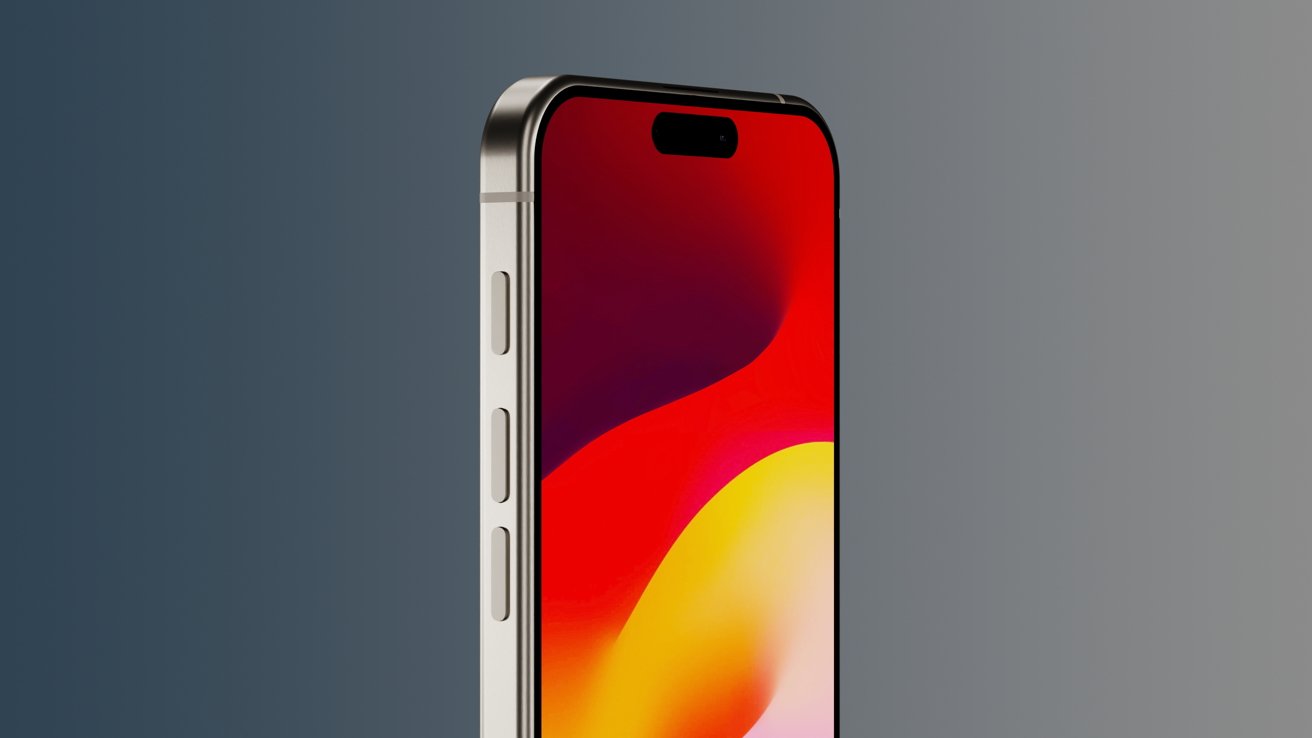 With Project Atlas, Apple wanted to create a capacitive Action button that would have mirrored the functionality of the Camera Control
With Project Atlas, Apple wanted to create a capacitive Action button that would have mirrored the functionality of the Camera ControlUnlike the version found on mass production units, early prototype devices had a significantly larger Action button. In terms of size, it was close to the dimensions of the volume keys, meaning that it would have allowed for a new look.
Developed under the codename Project Atlas, the button would have mirrored the functionality of the new Camera Control button, which was known as Project Nova within Apple. This means that the larger Action button would have gained a sapphire crystal surface, along with a capacitive sensor and high-precision force sensor.
In practical terms, this means that the large Action button would have had the ability to detect different levels of pressure and differentiate between the same gestures used for the Camera Control button. On mass-production units of the iPhone 16 and iPhone 16 Pro, the Camera Control offers added functionality in the Camera app through different gestures and pressure detection.
The functionality of the Camera Control button and how the Action button would have mirrored it
A light press of the Camera Control button opens a minimal camera app interface. Users can slide over the button's surface to zoom in or out or use another light press to take a picture. Video can be recorded by pressing and holding the Camera Control button while the Camera app is open.
A new iOS 18 feature known as Visual Intelligence will enable additional use cases for the Camera Control button through integration with Apple Intelligence. While the feature itself will only be available later in 2024, Apple has already revealed how it will work.
Users will be able to receive information about a location or object of interest by simply pressing and holding the Camera Control, and pointing their iPhone towards the object. For instance, Visual Intelligence will make it possible to add a calendar event by simply scanning a flyer. Pointing the iPhone towards a restaurant will display ratings for the location or other useful information.
The same Camera Control button will also let users tap to search Google or ChatGPT, and it will be usable in third-party apps such as Snapchat later in 2024.
Apple's Project Atlas would have enabled similar functionality, only on the opposite side of the iPhone, above the volume buttons. Presumably, the large Action button would have also retained its user-configurable status. In theory, this means that Apple could have offered additional customization options specific to the Action button.
Relative to the Camera Control button, the large Action button also featured a similar look, being flush with the frame. This means that it did not stick out like the power button or the volume keys currently do. The capacitive Action button was retained until the Proto1 stage of development, eventually being phased out with Proto2 units.
Project Atlas traces its origins back to Project Bongo, as both were set to appear on the iPhone 16 range, at one point in time.
Project Bongo would have introduced a unified, haptic volume button to the iPhone 16 range
Apple's Project Bongo, originally conceived as a hardware update for the iPhone 15 Pro, was meant to introduce haptic volume and power buttons to the iPhone. Before the project's abrupt cancellation in April of 2023, Apple had plans to use it for the entire iPhone 16 range as well.
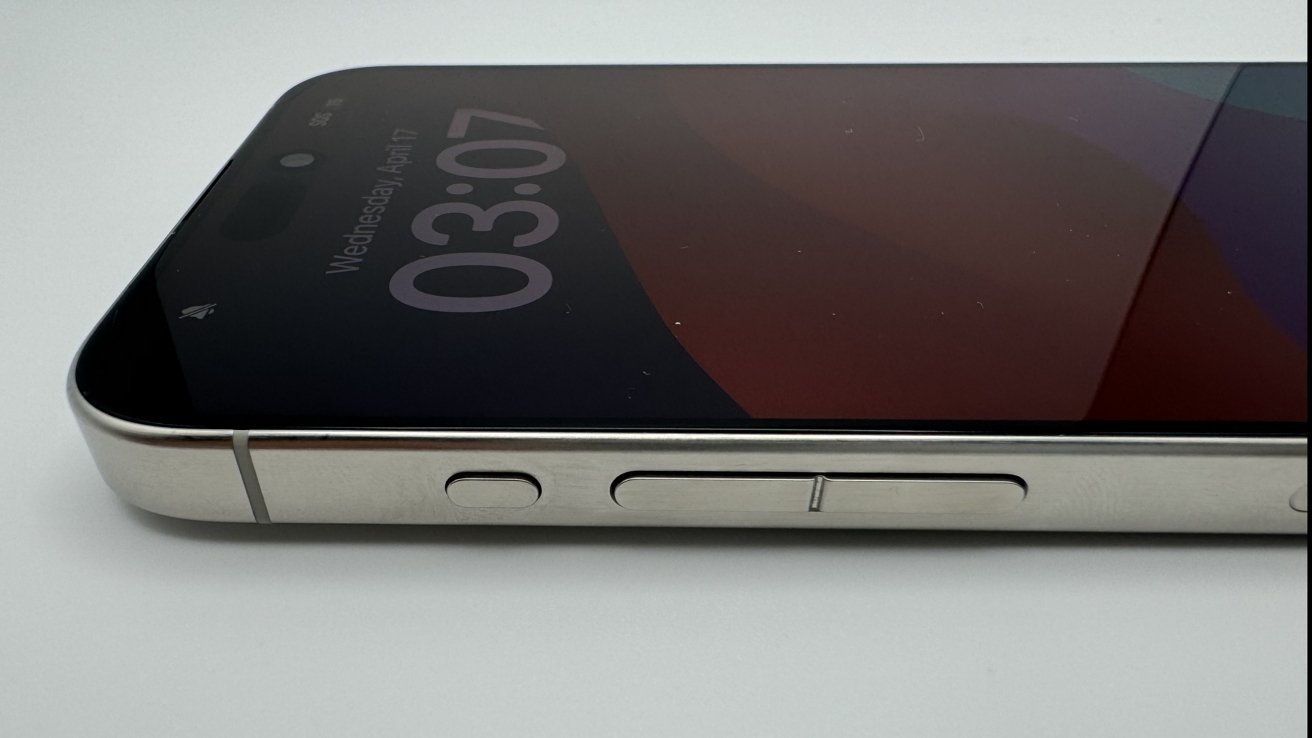 Apple's Project Bongo would've introduced a new unified volume button design, which can be seen on this prototype iPhone 15 Pro Max
Apple's Project Bongo would've introduced a new unified volume button design, which can be seen on this prototype iPhone 15 Pro MaxDesign-wise, the Bongo project was meant to introduce a unified volume button, with a notch in the middle to help users differentiate between the volume up and volume down positions. AppleInsider published exclusive imagery of this design on an EVT prototype of the iPhone 15 Pro Max, as part of our dedicated report on Project Bongo.
In the same article, we outlined the core hardware components of the haptic volume and power buttons. In short, the buttons detected changes in pressure through strain gauges and produced haptic feedback through the so-called "Bongo Haptic Engine" — an electromagnetically driven reluctance motor, consisting of a ferromagnetic core and copper coil, oscillating in relation to an attraction plate.
For the iPhone 16, Apple originally wanted to include both a Bongo-style unified volume button as well as a capacitive Action button and Camera Control. Ultimately, the Camera Control is the only one that made it to the final product.
Apple had already abandoned Project Bongo on the iPhone 16 Pro by the Proto1 stage of development. The Proto2 stage eliminated Project Atlas, making the Camera Control the only new feature for the iPhone 16.
Other changes to the iPhone 16 range were stylistic in nature, rather than hardware-related. They only affected the base model iPhone 16 and iPhone 16 Plus, due to the unique camera layout found on those two devices.
Early prototypes of the iPhone 16 and iPhone 16 Plus had camera designs inspired by older iPhone models
With the base iPhone 16, Apple switched back to using a vertical rear camera layout for its standard devices. Unlike the iPhone 15, which featured diagonally aligned rear cameras, the iPhone 16 features two lenses stacked one on top of the other, with a flash to the side.
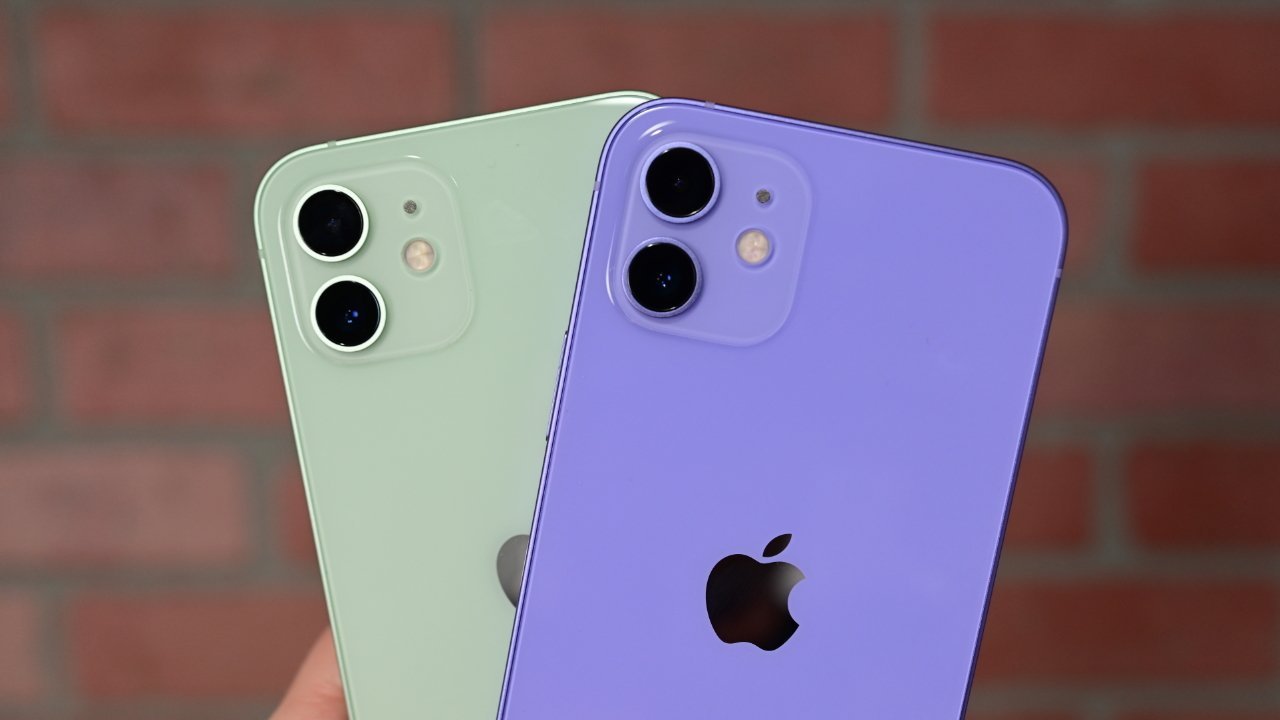 Early prototypes of the iPhone 16 featured camera bump designs reminiscent of the iPhone 12 and iPhone X
Early prototypes of the iPhone 16 featured camera bump designs reminiscent of the iPhone 12 and iPhone XApple opted for this change in order to make spatial video capture possible on the base model iPhone 16. The new vertical camera alignment lets these devices record immersive 3D videos and photos, which can be played on the Apple Vision Pro headset.
Although the position of the iPhone 16 lenses and flash never changed during development, early prototypes of the device had some familiar-looking designs for the rear camera bump.
As revealed in a December 2023 report, pre-production prototypes of the base model iPhone 16 used two distinct camera designs. One of them, which saw more extensive use on prototype devices, looked nearly identical to the camera bump of the iPhone 12.
Though it obviously accommodated the improved cameras of the iPhone 16, this design consisted of two separate lenses on a raised, square camera bump surface — effectively a scaled-up version of the iPhone 12 design.
The other iPhone 16 design Apple considered looked like a combination of the iPhone 12 camera bump and the lens enclosure of the iPhone X. This design featured a raised, square camera bump with a pill-shaped lens enclosure intended for both cameras.
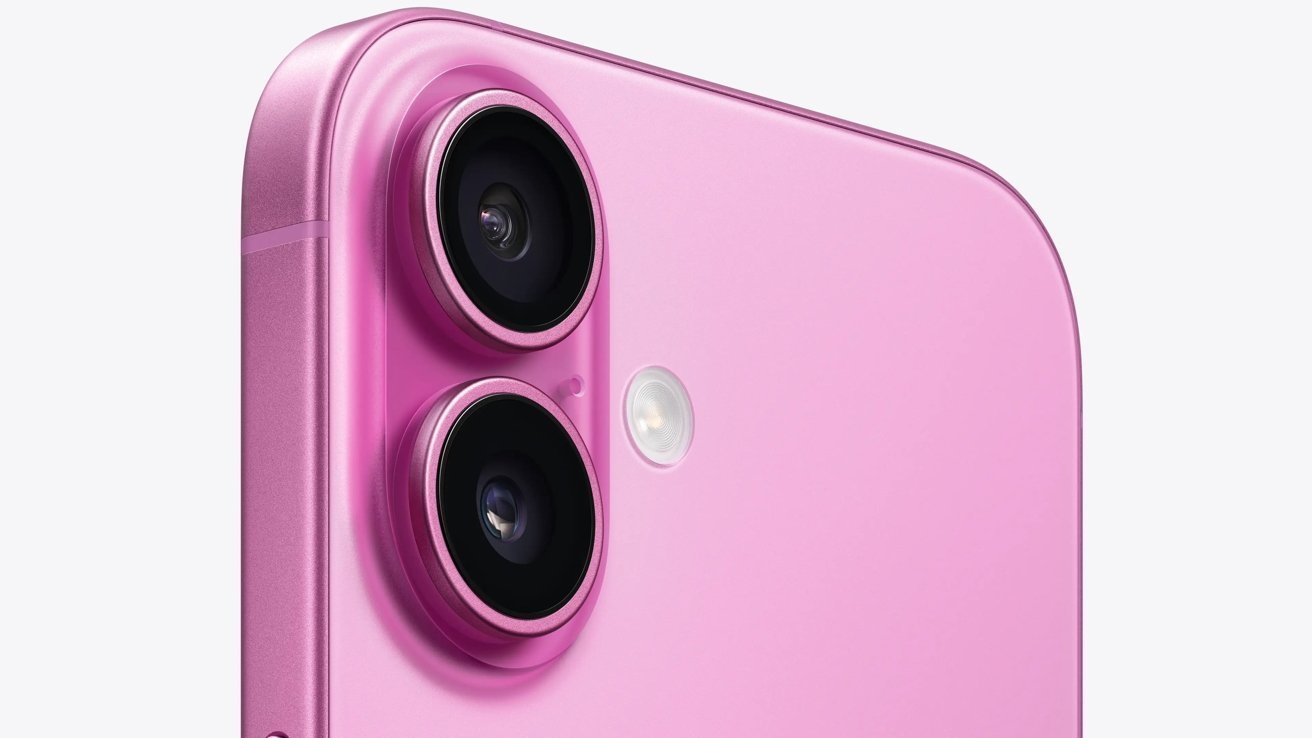 After experimenting with two different camera bump designs, which were similar to the iPhone X and iPhone 12, Apple chose a third, different design for the camera bump.
After experimenting with two different camera bump designs, which were similar to the iPhone X and iPhone 12, Apple chose a third, different design for the camera bump.These camera bump designs were never realized, and they only appeared on prototype units. Apple eventually settled on a third design that maintains stylistic cues from both, and this is what ended up on the final version of the base model iPhone 16 and iPhone 16 Plus.
The capacitive Action button, Camera Control as well as unified, haptic volume buttons were also tested on prototypes of the standard iPhone 16. Aside from the Camera Control, the projects never made it to mass production.
That being said, however, there are plenty of unique upgrades that did make it to the final versions of the iPhone 16 and iPhone 16 Pro. The powerful A18 range of chips, with improved performance and Apple Intelligence support, make the iPhone 16 worth considering.
For those who want devices with a new look, vibrant color options coupled with a vertical rear camera layout make the base models visually distinct and noticeably different from their predecessors.
 Marko Zivkovic
Marko Zivkovic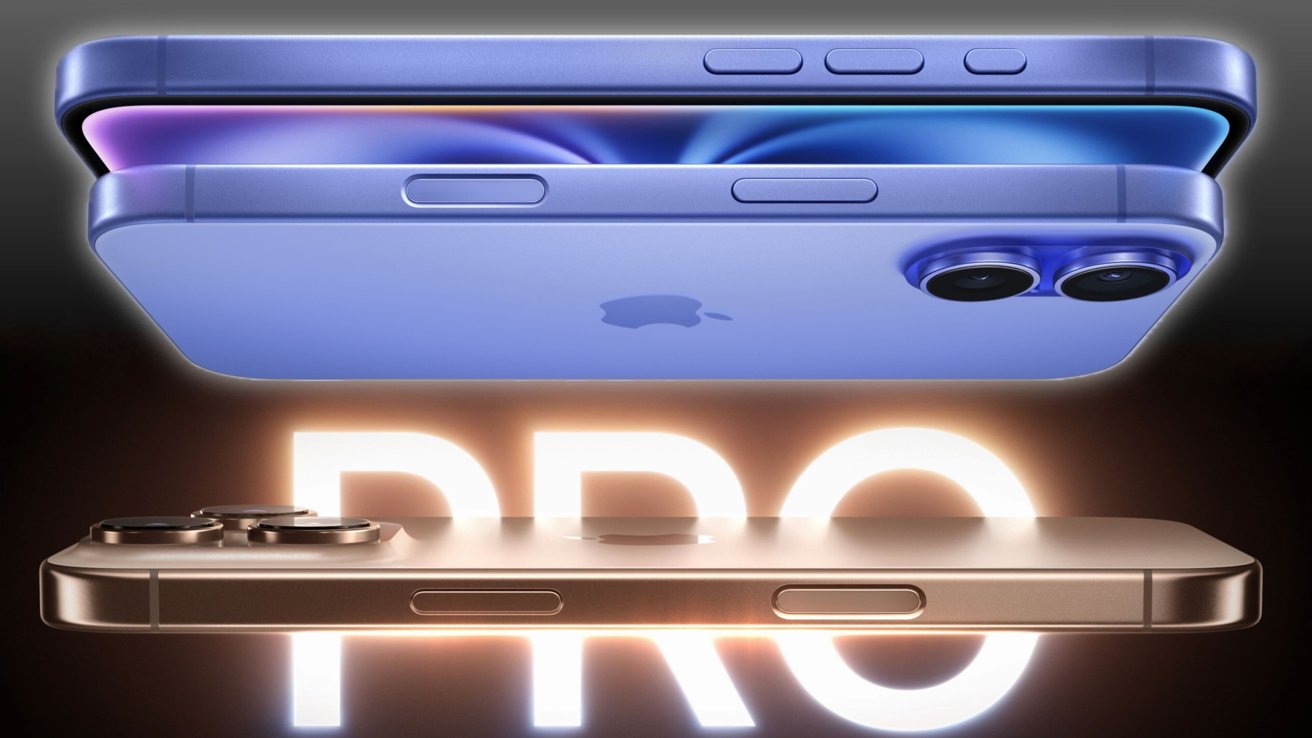
-xl.jpg)
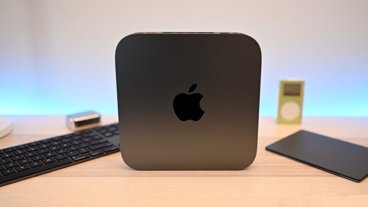
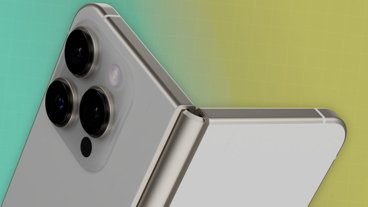

-xl-m.jpg)



-m.jpg)






 William Gallagher
William Gallagher
 Amber Neely
Amber Neely
 Malcolm Owen
Malcolm Owen
 Andrew Orr
Andrew Orr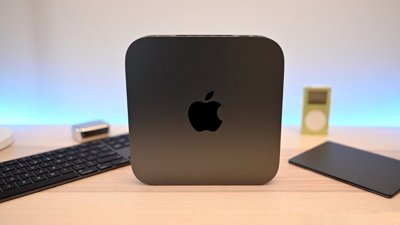


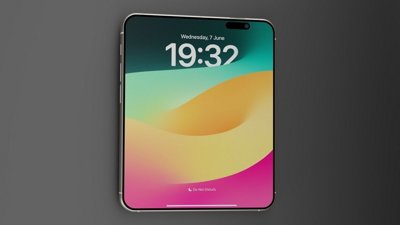


-m.jpg)






6 Comments
It looks to me like two teams worked on Action buttons and when neither delivered the full spec of a fully customisable multi-function sensor, they downgraded one to a sad Action Button and the other to the slightly less Camera button.
This has got to be the most unintuitive ad ever. I have been seeing this ad pasted on bus stop billboards. PI|RO and I keep thinking what is this PI|RO a new Android phone from China?
Then it finally dawned on me, it's PRO with the phone being wedged in the middle - how unintuitive and silly. I don't know, but Apple seems to headed down some strange pathways building its future on a phone with camera, camera, camera. The iPhone 16 Pro was abysmal. I bought it and took it back the next day. Even Apple's "Genius" couldn't figure out how to get it to migrate from the 15 to the 16.
The Vision Pro for all the medical hype is about as useful as a telescope to the stars that can hopefully - but not purposefully - reveal next week's lotto numbers. And oh, yeah the Apple EarPods, or whatever they are called, the iPad - meh. I bought a Mac in 1984 and I still use a Mac today. Wouldn't have it any other way.
But where is the bright spark to light the way into the future. In other words, where is the real visionary genius, Steve Jobs. I dearly miss him. And so does Apple. Jobs would never, ever have done the Apple Car disaster or the Vision Pro that nobody wants no matter how much $$$ Apple pushes to shove it uphill.
AI. It's not an Apple thing and I have yet to see the future scraped from mountain range of old data.
Call me a cynic. But I know when I see innovation and I sure as hell ain't seeing if from Apple, Google or that mob up in Redmond. Just plugging the same old stuff with more bells and whistles.
This has got to be the most unintuitive ad ever. I have been seeing this ad pasted on bus stop billboards. PI|RO and I keep thinking what is this PI|RO a new Android phone from China?
Then it finally dawned on me, it's PRO with the phone being wedged in the middle - how unintuitive and silly. I don't know, but Apple seems to headed down some strange pathways building its future on a phone with camera, camera, camera. The iPhone 16 Pro was abysmal. I bought it and took it back the next day. Even Apple's "Genius" couldn't figure out how to get it to migrate from the 15 to the 16.
The Vision Pro for all the medical hype is about as useful as a telescope to the stars that can hopefully - but not purposefully - reveal next week's lotto numbers. And oh, yeah the Apple EarPods, or whatever they are called, the iPad - meh. I bought a Mac in 1984 and I still use a Mac today. Wouldn't have it any other way.
But where is the bright spark to light the way into the future. In other words, where is the real visionary genius, Steve Jobs. I dearly miss him. And so does Apple. Jobs would never, ever have done the Apple Car disaster or the Vision Pro that nobody wants no matter how much $$$ Apple pushes to shove it uphill.
AI. It's not an Apple thing and I have yet to see the future scraped from mountain range of old data.
Call me a cynic. But I know when I see innovation and I sure as hell ain't seeing if from Apple, Google or that mob up in Redmond. Just plugging the same old stuff with more bells and whistles.
This has got to be the most unintuitive ad ever. I have been seeing this ad pasted on bus stop billboards. PI|RO and I keep thinking what is this PI|RO a new Android phone from China?
Then it finally dawned on me, it's PRO with the phone being wedged in the middle - how unintuitive and silly. I don't know, but Apple seems to headed down some strange pathways building its future on a phone with camera, camera, camera. The iPhone 16 Pro was abysmal. I bought it and took it back the next day. Even Apple's "Genius" couldn't figure out how to get it to migrate from the 15 to the 16.
The Vision Pro for all the medical hype is about as useful as a telescope to the stars that can hopefully - but not purposefully - reveal next week's lotto numbers. And oh, yeah the Apple EarPods, or whatever they are called, the iPad - meh. I bought a Mac in 1984 and I still use a Mac today. Wouldn't have it any other way.
But where is the bright spark to light the way into the future. In other words, where is the real visionary genius, Steve Jobs. I dearly miss him. And so does Apple. Jobs would never, ever have done the Apple Car disaster or the Vision Pro that nobody wants no matter how much $$$ Apple pushes to shove it uphill.
AI. It's not an Apple thing and I have yet to see the future scraped from mountain range of old data.
Call me a cynic. But I know when I see innovation and I sure as hell ain't seeing if from Apple, Google or that mob up in Redmond. Just plugging the same old stuff with more bells and whistles.
This has got to be the most unintuitive ad ever. I have been seeing this ad pasted on bus stop billboards. PI|RO and I keep thinking what is this PI|RO a new Android phone from China?
Then it finally dawned on me, it's PRO with the phone being wedged in the middle - how unintuitive and silly. I don't know, but Apple seems to headed down some strange pathways building its future on a phone with camera, camera, camera. The iPhone 16 Pro was abysmal. I bought it and took it back the next day. Even Apple's "Genius" couldn't figure out how to get it to migrate from the 15 to the 16.
The Vision Pro for all the medical hype is about as useful as a telescope to the stars that can hopefully - but not purposefully - reveal next week's lotto numbers. And oh, yeah the Apple EarPods, or whatever they are called, the iPad - meh. I bought a Mac in 1984 and I still use a Mac today. Wouldn't have it any other way.
But where is the bright spark to light the way into the future. In other words, where is the real visionary genius, Steve Jobs. I dearly miss him. And so does Apple. Jobs would never, ever have done the Apple Car disaster or the Vision Pro that nobody wants no matter how much $$$ Apple pushes to shove it uphill.
AI. It's not an Apple thing and I have yet to see the future scraped from mountain range of old data.
Call me a cynic. But I know when I see innovation and I sure as hell ain't seeing if from Apple, Google or that mob up in Redmond. Just plugging the same old stuff with more bells and whistles.